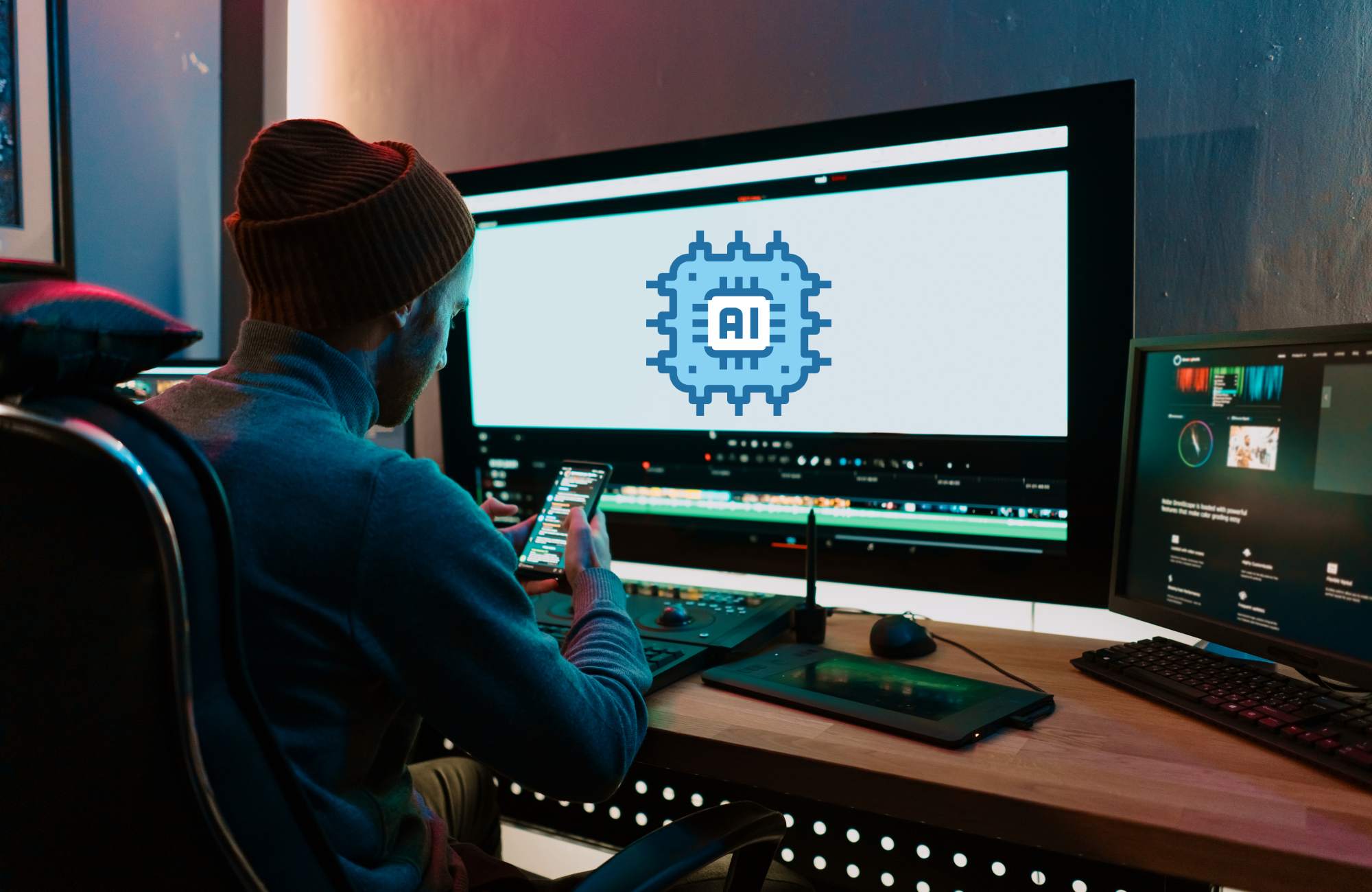Automated Subtitling: How is AI Revolutionizing the Field?3 min read
The world of content creation and consumption is becoming increasingly global. As audiences diversify, there is an increasing demand for accessible, multilingual content. One area where this is particularly evident is subtitling. Subtitling has historically been a manual, labor-intensive process requiring a high level of skill and expertise. However, recent advances in artificial intelligence (AI) are set to revolutionize this field.
The Traditional Subtitling Process
Subtitling is a complex task that involves more than just translating spoken words into written text. It requires comprehension of the original material, linguistic proficiency in multiple languages, cultural awareness, and the ability to condense and synchronize text with audio-visual content.
This process has traditionally been carried out by humans. However, it’s a time-consuming and costly process, with the potential for human error. This is where the potential of AI comes in, offering a more efficient, cost-effective alternative.
AI and Subtitling: A Match Made in Heaven
Artificial Intelligence, with its various subsets including Machine Learning (ML) and Natural Language Processing (NLP), has proven to be a game-changer in many fields, and subtitling is no exception.
Transcription and Translation
Firstly, AI can convert spoken language into written text using automatic speech recognition (ASR) technology. ASR can identify different accents, dialects, and languages, transcribing them with increasing accuracy. AI’s machine translation capabilities are also improving at a rapid pace, providing more accurate and contextually appropriate translations.
Timing and Synchronization
One of the most challenging aspects of subtitling is ensuring that the text appears and disappears at the correct times to match the on-screen action. AI algorithms can analyze the video and audio to automate this synchronization process, significantly reducing the time and effort required.
Contextual Understanding
AI models, particularly those based on machine learning, are becoming increasingly sophisticated at understanding context. This is crucial for accurate translation and localization, as the same word can have different meanings in different contexts.
The Human Element in Automated Subtitling
While AI holds enormous potential in the field of subtitling, it’s important to remember that it’s not about replacing humans, but rather enhancing their capabilities. Machine-generated subtitles often need human review and correction to ensure accuracy, cultural appropriateness, and idiomatic fluency. AI can handle the heavy lifting, freeing human subtitlers to focus on these more nuanced tasks.
The Future of Subtitling
As AI technologies continue to advance, we can expect to see further improvements in automated subtitling. This could involve more nuanced understanding of context, better handling of colloquialisms and slang, and the ability to learn and adapt based on user feedback.
Furthermore, AI has the potential to make subtitling more inclusive, catering to different languages, dialects, and accents that may have previously been overlooked due to lack of resources.
Conclusion
Artificial Intelligence is bringing a new wave of efficiency and accuracy in the realm of subtitling. By automating time-consuming tasks and reducing the potential for human error, AI is set to revolutionize the subtitling industry. It allows content creators to reach wider, more diverse audiences, while still ensuring a high standard of quality and accuracy. As we look to the future, the role of AI in subtitling is undoubtedly set to grow, providing exciting opportunities for the industry. For the most reliable subtitling services, contact Vanan Services.
